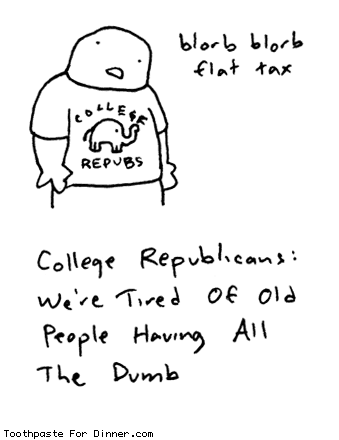
In the hottest part of the summer of 1985, the future Mrs. Archaeopteryx and I loaded our camping gear into my ’78 Ford Fairmont (no air conditioning) and drove to the Grand Canyon on a journey that would have made Chevy Chase proud. The trip included a busted alternator, a night spent in the parking lot of the high school in Checotah, Oklahoma, an encounter with a friendly but incompetent police officer, a trip to the auto repair shop at Grand Canyon National Park, and finally a hike to Phantom Ranch in the bottom of the Canyon, where I got in an argument with an snippy ranger named Lorne. The hike to the bottom of the Canyon, a nine-mile walk, took 11 hours. By the time we reached a shade-free series of switchbacks suggestively named “The Devil’s Corkscrew,” temperatures had reached 100 degrees. Like many first-time hikers in the canyon, we didn’t carry enough water or food. By the time we made it to the last part of the hike—two miles or so of thick sand alongside the Colorado River—we were completely exhausted and near heatstroke. We collapsed into a cool creek near the campground, then set up our tent. We slept fitfully in the heat—thanks Lorne—then got up about 4 a.m. to begin the return hike. The hike up the canyon wall took only eight hours. Because we started earlier, we avoided much of the heat, but each step we took came with increased altitude, and as we neared the top, we had to stop every 100 yards or so to catch our breath. We were unprepared for the heat and altitude of the Grand Canyon, and it was a wonder we didn’t have to be evacuated out by the National Park Service.
Last month I accompanied a group of students to the Grand Canyon. While shopping in the bookstore at the North Rim, I happened across a book titled
Over the Edge: Death in Grand Canyon. I flipped through the pages, and was hooked. The book is a discussion of every recorded death that has occurred in and around the Canyon since Americans began visiting in the 1800s. There are lists of every careless slip, every fall from a rubber raft, every heat-assisted heart attack, and every forlorn leap from a mile-high ledge. The book includes chapters on falls, heatstroke, flash floods, rafting accidents, plane crashes, freak accidents, suicide, and murder.
Here is the story of a priest who led two teenaged boys into the crazy heat of the canyon, and fell to his death; one of his charges died of heatstroke, but the second boy miraculously survived. A few pages later is the story of United Flight 718, which strayed a bit from its flight plan so its passengers could have a better view of the canyon; unfortunately, the pilot of TWA Flight 2 had the same idea at the same time. All 128 people aboard both planes died, and it took many days of dangerous canyon-climbing to retrieve their remains. One cocky fellow, admonished by his son to be careful, told him “you have to take some chances in this life,” then stepped into an unsupported snow bank and fell 500 feet to his death. Three members of the first expedition of John Wesley Powell—the one-armed explorer who first mapped the Canyon—split off from the group, and climbed the canyon walls, only to be met and murdered by Mormon settlers.
It becomes clear early into the book that the main killer of visitors to the Grand Canyon is stupidity. This fact was not lost on me as I recalled the hike that my wife and I made 22 years ago. Our story was very much like that of many of the victims recounted in the book—we were stupid, but unlike the folks in the book, we were lucky. Hikers in the canyon underestimate the effects of heat. They wander off maintained trails. They ignore posted signs warning of the vicious currents in the Colorado River. Tourists climb over guardrails, and roughhouse on the edge of a 5,000-foot deep abyss. River rafters fail to properly scout rapids, or ride through whitewater without life vests. The canyon is not forgiving of carelessness.
The authors—Michael Ghiglieri and Thomas Myers—are experienced river runners and hikers who ostensibly use the stories in the book to analyze the fatalities for common threads. They claim to be—and try to be—respectful of those who have died, but occasionally it becomes difficult for them to hide their astonishment at people who skip along retaining walls before plunging to their deaths, or at a fellow who is struck by lightning and survives while a bystander dies, or the unfortunate soul who is crushed by a falling mule. Their analysis is fruitless except to demonstrate that the depth of human stupidity is greater than that of the canyon. The book is generally well-written except for the last chapter, a rant against personal injury lawyers whom the authors apparently think are ruining the Grand Canyon by forcing the Park Service to install guard rails on every rim and trail. This goofy—and baseless—diatribe feels as if it was added at the behest of editors to give the book a purpose beyond rubbernecking, but gawking at disastrous missteps is what this book is about. That, and being glad that my wife and I aren’t in the index.
 NASA is calling "troubling" reports that some astronauts on the space shuttle were allowed to fly while drunk. According to NASA's own report:
NASA is calling "troubling" reports that some astronauts on the space shuttle were allowed to fly while drunk. According to NASA's own report:







